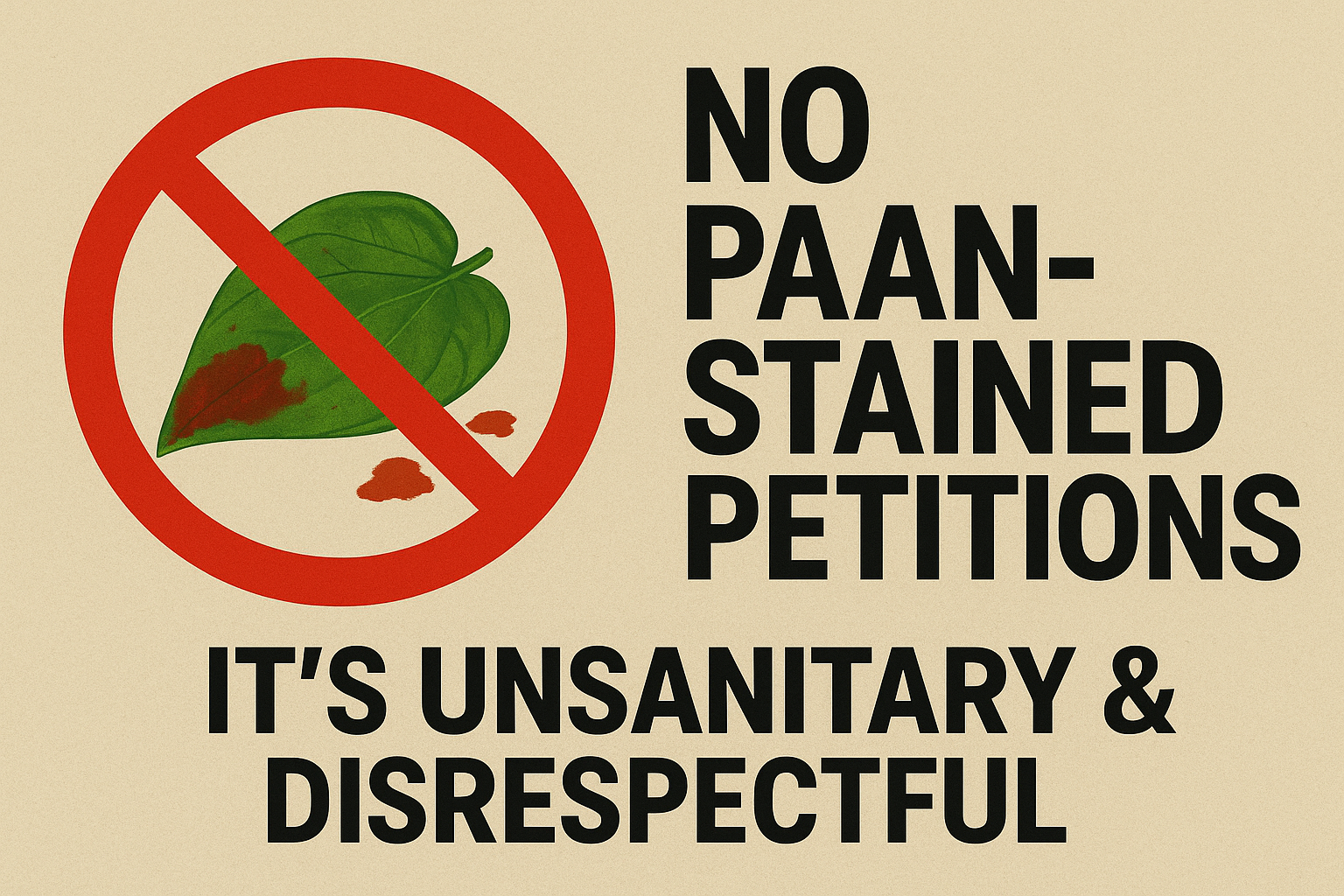
For the first time in its recorded history, Japan’s annual birth count has dropped below 700,000. Government data released on Wednesday revealed that only 686,061 babies were born in 2024, a staggering low that marks a decline of 41,227 from the previous year. This is the sharpest reminder yet of the demographic decline threatening the world's third-largest economy.
The numbers are more than a statistical blip. They highlight an entrenched demographic crisis that Prime Minister Shigeru Ishiba has termed a “quiet emergency.” Behind these figures lies a society grappling with a rapidly ageing population and a crumbling base of youth to support it. Japan’s total fertility rate—the average number of children a woman is expected to bear—slumped to a historic low of 1.15. This comes as the nation also reported 1.6 million deaths in 2024, a 1.9% increase from the previous year.
Urbanisation, rising living costs, and inflexible work culture are contributing to this collapse in family formation. The Prime Minister has pledged reforms including family-friendly policies and more accommodating work environments, but reversing this trend is proving immensely difficult.
Over 20,000 Japanese communities are now primarily populated by elderly residents. In these villages, isolation is growing as youth migrate to major urban centres or delay marriage and parenthood altogether. Calls for revitalising rural areas have become more urgent, though the challenge remains enormous. A country with 123 million people is also contending with an increasingly severe labour shortage, exacerbated by rigid immigration policies and a shrinking domestic workforce.
Just across the Sea of Japan, the situation is no less worrying. South Korea, already known for having one of the lowest fertility rates in the world, posted a rate of just 0.75 in 2024. Although that figure represents a minor increase from previous years, possibly driven by a modest rise in marriages, it still reflects a society teetering on demographic collapse.
In Vietnam, meanwhile, the alarm has triggered a policy reversal. The government has scrapped its decades-old two-child policy in an effort to combat declining birth rates. The policy, first introduced in 1988, once punished families with more than two children. Today, that very ceiling is being dismantled as birth rates continue to fall in tandem with economic growth and urbanisation.
Vietnam’s fertility rate has fallen steadily, from 2.11 in 2021 to 2.01 in 2022, then to 1.96 in 2023. In 2024, it dropped to 1.91, slipping below the replacement level of 2.1. This decline has been most severe in major urban hubs such as Hanoi and Ho Chi Minh City, where the rising cost of living discourages larger families.
Alongside the falling birthrate, Vietnam faces another legacy issue—its enduring gender imbalance. A historical preference for sons has skewed the gender ratio. To address this, the country’s health ministry has recommended tripling the fine for those engaging in foetal gender selection, raising it to $3,800.
Japan and Vietnam are charting divergent paths in response to a shared crisis. Japan is betting on policy reform and rural rejuvenation while maintaining tight immigration controls. Vietnam is loosening long-standing restrictions and cracking down on sex-selective practices. Both nations face a ticking clock.
Asia's demographic time bomb is no longer a warning—it is a reality unfolding in census charts, empty classrooms, and greying streets. The race to find sustainable solutions has begun, but as the numbers show, time may not be on their side.



.jpeg)


.jpeg)




.jpeg)

.jpeg)


.jpeg)


.jpeg)

.jpeg)